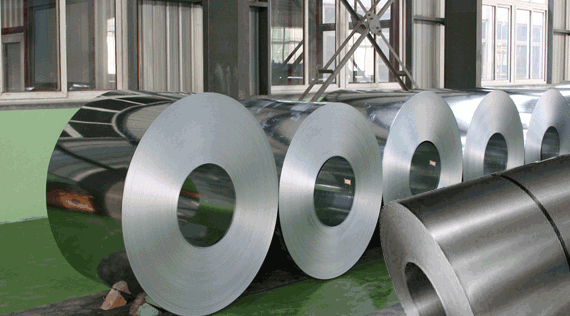
LONDON, April 24 (Reuters) - China's aluminum production juggernaut is finally running out of road as the country's output approaches the government's capacity limit.
Massive investment in primary metal smelting capacity has lifted Chinese production to 43 million in 2024, or 60% of globlal output, from just four million metric tons in 2004.
Its growing dominance of the global aluminium supply chain has met increasing resistance from Western countries, initially in the form of trade complaints and anti-dumping duties and more recently in the form of U.S. tariffs.
None of which has stemmed China's exports of semi-fabricated aluminium products, which jumped by 19% to hit a record 6.2 million tons last year.
But things are about to change.
Beijing's aluminium "Action Plan" for 2025-2027 confirms the capacity cap remains in place and sets out a strategy for what happens next.
TOUCHING THE CEILING
China's primary aluminium production grew by 2.6% year-on-year in the first quarter of 2025, according to the International Aluminium Institute.
Annualised production averaged 44 million tons over January-March, just a million tons short of the 45-million ton cap, which was set in 2017.
It is technically possible for the country's production to exceed the cap, according to consultancy AZ Global.
Smelter capacity is rated by designed amperage for the electrolysis production process but "one of the first jobs of any plant manager is to push output to above the rate," it says. Nudging the amperage higher allows a smelter to produce over its nameplate capacity.
But AZ China estimates that capacity utilisation in China is already very high at 98.2%, leaving little room for further collective amperage creep.
It is also clear that China's production growth is starting to slow from the average 4.0% annual rate seen over the last five years.
GOING GREEN
Chinese operators are still building new smelters, but the new capacity must be offset by closures of older capacity.
Indeed, Beijing's policies for the sector are focused on eliminating less efficient capacity and ensuring newer smelters are powered by renewable energy resources.
Aluminium producers are migrating from coal-rich provinces to new energy hubs, such as Yunnan with its abundant hydro power and Inner Mongolia, which has massive wind and solar potential.
The aim is to produce more low-carbon metal and the action plan calls for renewable energy to account for 30% of national smelter power demand by 2027.
To offset slow to no growth in primary production, Beijing is seeking to stimulate production from scrap with a recycling target of over 15 million tons per year in 2027.
REDUCED EXPORTS
Another offset has already kicked in.
The government removed tax rebate subsidies of 13% on exports of aluminium products in December in a move clearly intended to keep more metal in the domestic market.
Exports have since slowed sharply with outbound volumes down by 11% year-on-year in January and February.
Analysts at Macquarie Bank forecast exports to fall by 8% over 2025 with any sharper collapse unlikely since the world outside of China is heavily dependent on its products to the tune of around 15% of total demand.
Some Western buyers will in all likelihood at least partly accept the higher cost.
But the chances are that Chinese aluminium exports may have peaked.
REPRIEVE FOR WESTERN PRODUCERS?
The combination of slowing Chinese domestic production growth and reduced export flows opens a window of opportunity for the rest of the world's primary aluminium producers.
The United States has nearly a million tons of idled smelting capacity. U.S. President Donald Trump's 25% import tariffs on aluminium are intended to stimulate restarts.
Europe too has around half of its primary smelting capacity out of action after the power price surge that followed Russia's invasion of Ukraine in 2022.
The structural changes being implemented by the world's largest producer may offer such plants a reprieve, although restarting idled capacity is also a question of both aluminium and power prices.
There is, however, renewed interest in building greenfield smelters in the West after years of low investment.
U.S. producer Century Aluminum (CENX.O), opens new tab has received $500 million, opens new tab in government funds for a project to launch the first new smelter in the United States in 45 years.
Rio Tinto (RIO.L), opens new tab is studying low-carbon smelter projects in both Finland, opens new tab and India, opens new tab.
BUT CHINESE DOMINANCE WILL REMAIN
However, Chinese producers are also going overseas due to the lack of domestic expansion potential.
Indeed, Beijing's aluminium action plan calls for deeper cooperation with resource-rich nations such as Guinea, where China's Chinalco is part of a project to convert the country's bauxite resources into alumina.
In Indonesia, Shandong Nanshan Aluminium (600219.SS), opens new tab is already producing alumina and plans to expand its refining capacity and to add a 260,000-ton-per year smelter.
China may have stopped building domestic capacity but evidently has no intention of loosening its grip on a metal that the United States and the European Union both classify as a critical raw material.